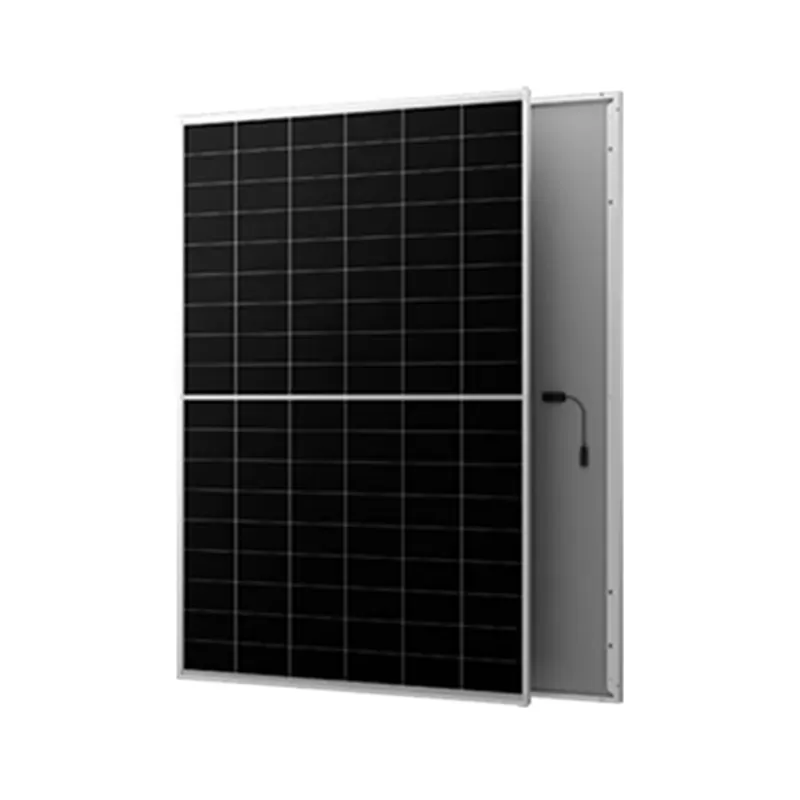standard dimensions solar panels
Standard Dimensions of Solar Panels
Solar panels have become a cornerstone of renewable energy solutions, providing a sustainable way to harness sunlight and convert it into electricity. One of the critical factors influencing the efficiency and application of solar panels is their standard dimensions. Understanding these dimensions is essential for consumers and installers alike, as they directly impact the system's performance and installation process.
Most solar panels are classified into three categories monocrystalline, polycrystalline, and thin-film. Each type has its dimensions, but there are standard sizes that most manufacturers adhere to in order to ensure compatibility with mounting systems and inverters.
Standard Dimensions of Solar Panels
For larger installations, such as utility-scale solar farms, 72-cell modules are often used. These panels measure about 77 inches by 39 inches (approximately 196 cm by 99 cm) and can produce between 350 to 450 watts each. The increased size and power output make these panels ideal for maximizing space and generating significant energy, particularly in areas with ample sunlight.
standard dimensions solar panels

While the standard dimensions offer a general guideline, the actual measurements can vary slightly depending on the manufacturer and the specific technology employed. For instance, some panels may come in more compact sizes or different configurations to accommodate diverse installations, especially in urban areas where space is limited.
Another aspect to consider is the thickness of solar panels, which typically ranges from 1.5 to 2 inches (3.8 cm to 5.1 cm). The thickness can influence the durability and installation methods. Thicker panels may offer better durability, while thinner options can be more lightweight and flexible, making them suitable for various mounting solutions, including rooftop installations.
Understanding the standard dimensions of solar panels is crucial for anyone considering solar energy. Accurate measurements help in assessing the number of panels required to meet energy demands and ensure a proper fit during installation. By choosing the appropriate size and type of solar panel, homeowners and businesses can maximize their energy production and take full advantage of the benefits of solar technology.
As solar panel technology continues to evolve, the standard dimensions may also change to enhance efficiency and performance. It is essential for consumers to stay informed about these developments to make the best choices for their energy needs. Ultimately, as solar panels become more integral to our energy landscape, clarity on their dimensions will help drive broader adoption and effective implementation of this clean energy source.
-
Unlocking Energy Freedom with the Off Grid Solar InverterNewsJun.06,2025
-
Unlock More Solar Power with a High-Efficiency Bifacial Solar PanelNewsJun.06,2025
-
Power Your Future with High-Efficiency Monocrystalline Solar PanelsNewsJun.06,2025
-
Next-Gen Solar Power Starts with Micro Solar InvertersNewsJun.06,2025
-
Harnessing Peak Efficiency with the On Grid Solar InverterNewsJun.06,2025
-
Discover Unmatched Efficiency with the Latest String Solar InverterNewsJun.06,2025







